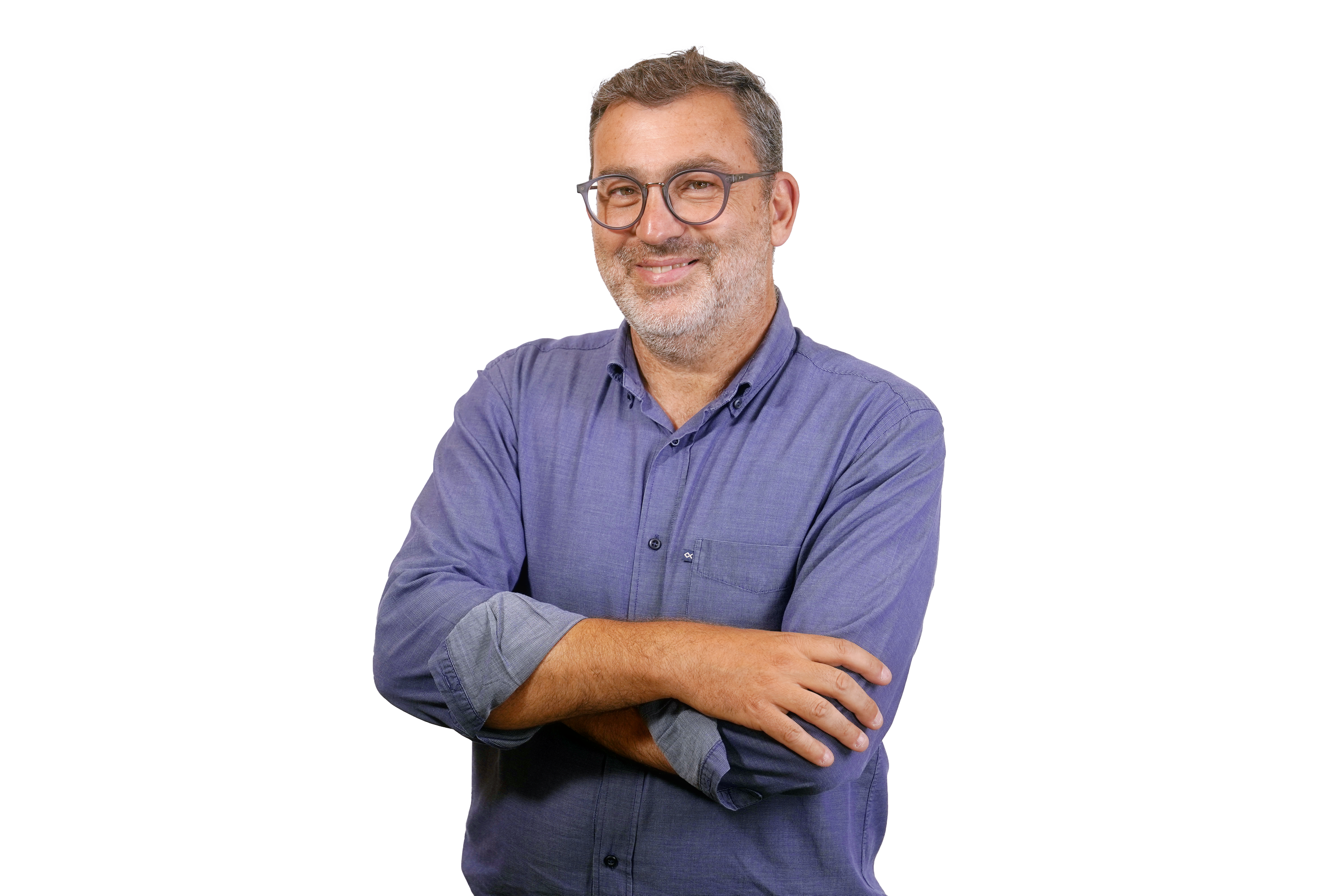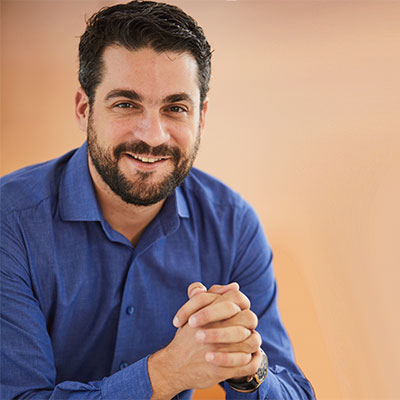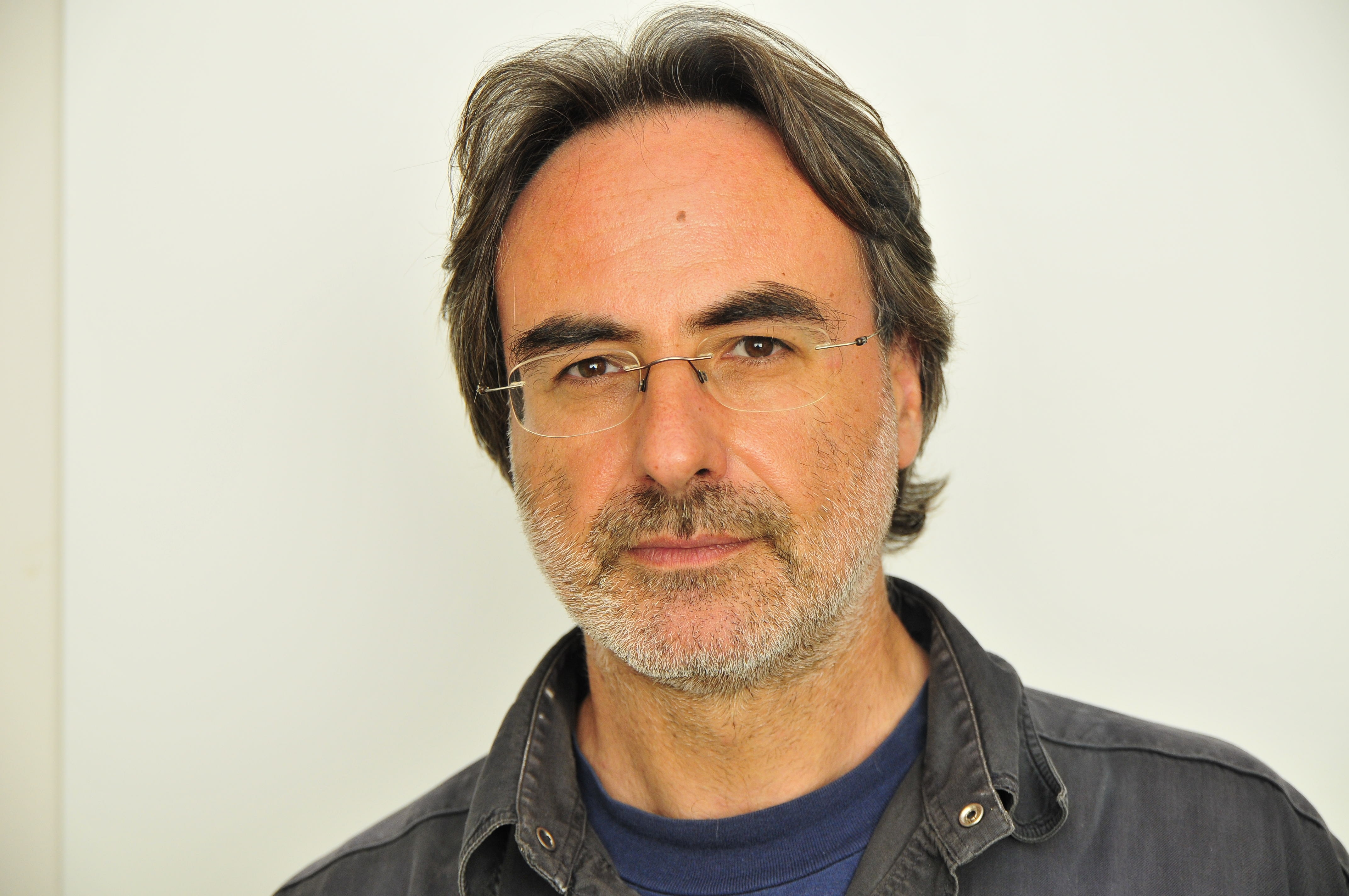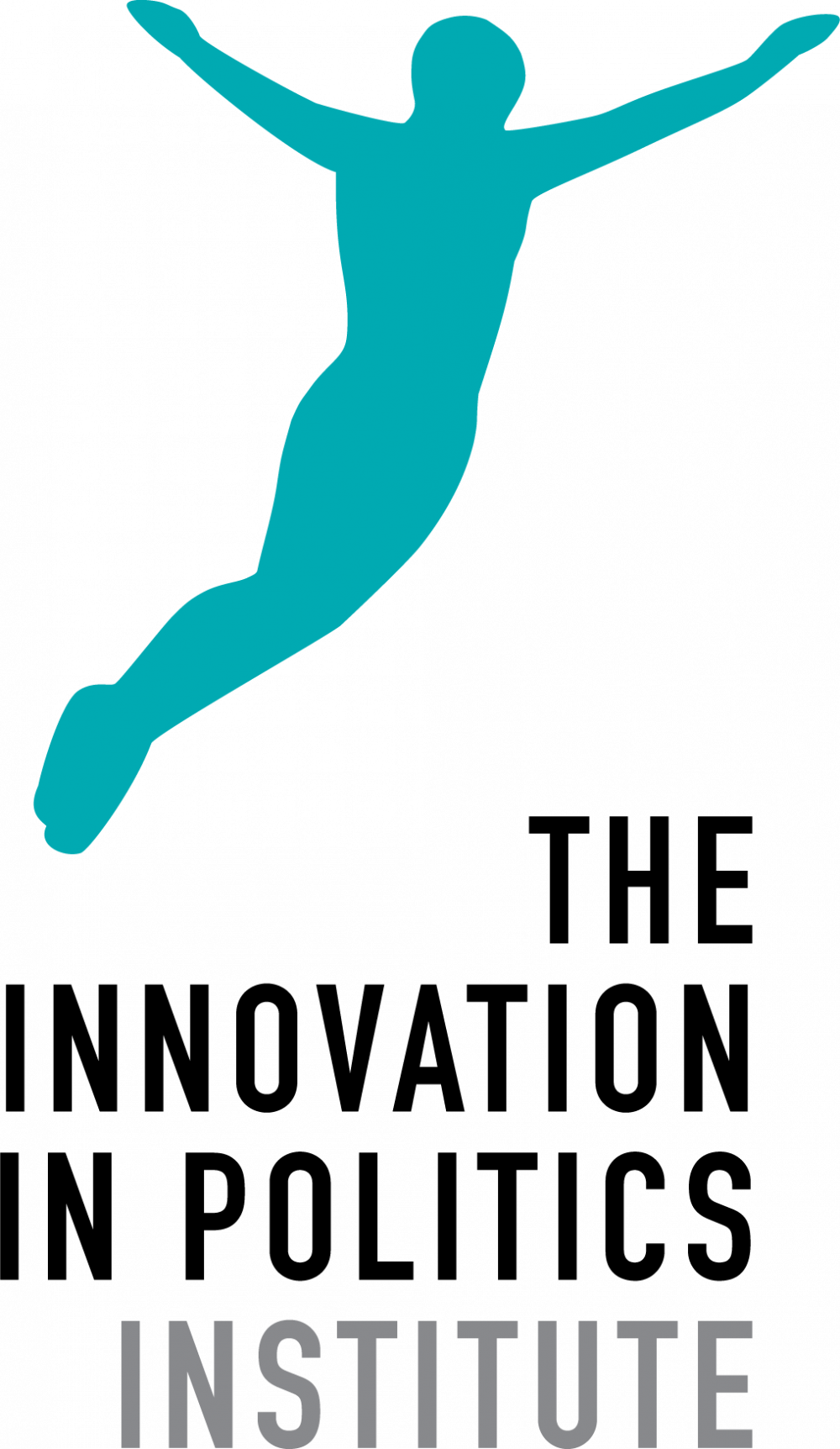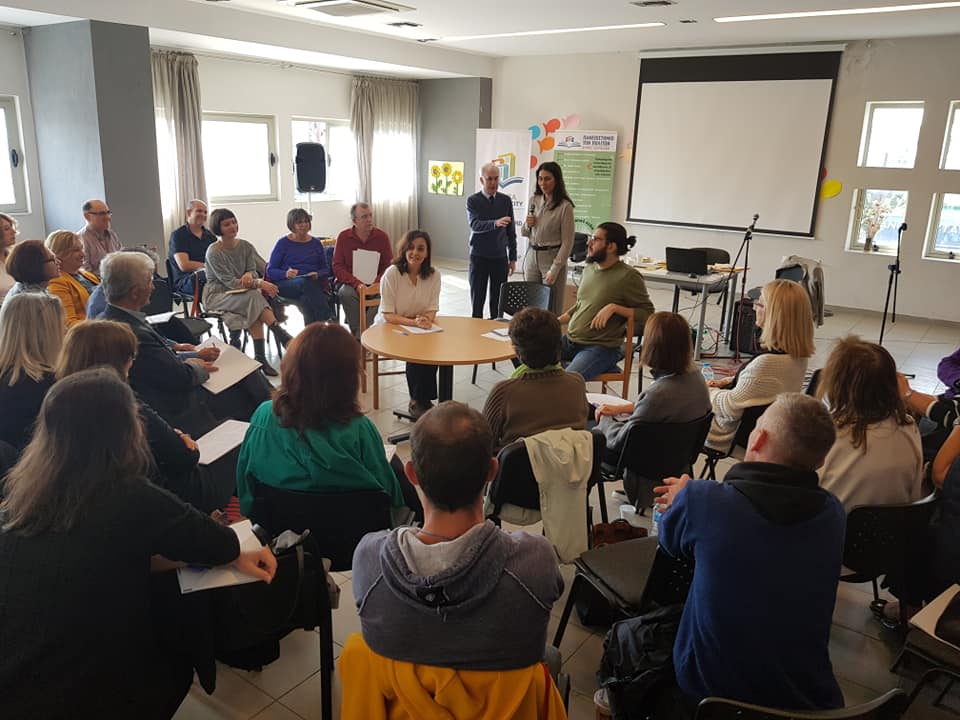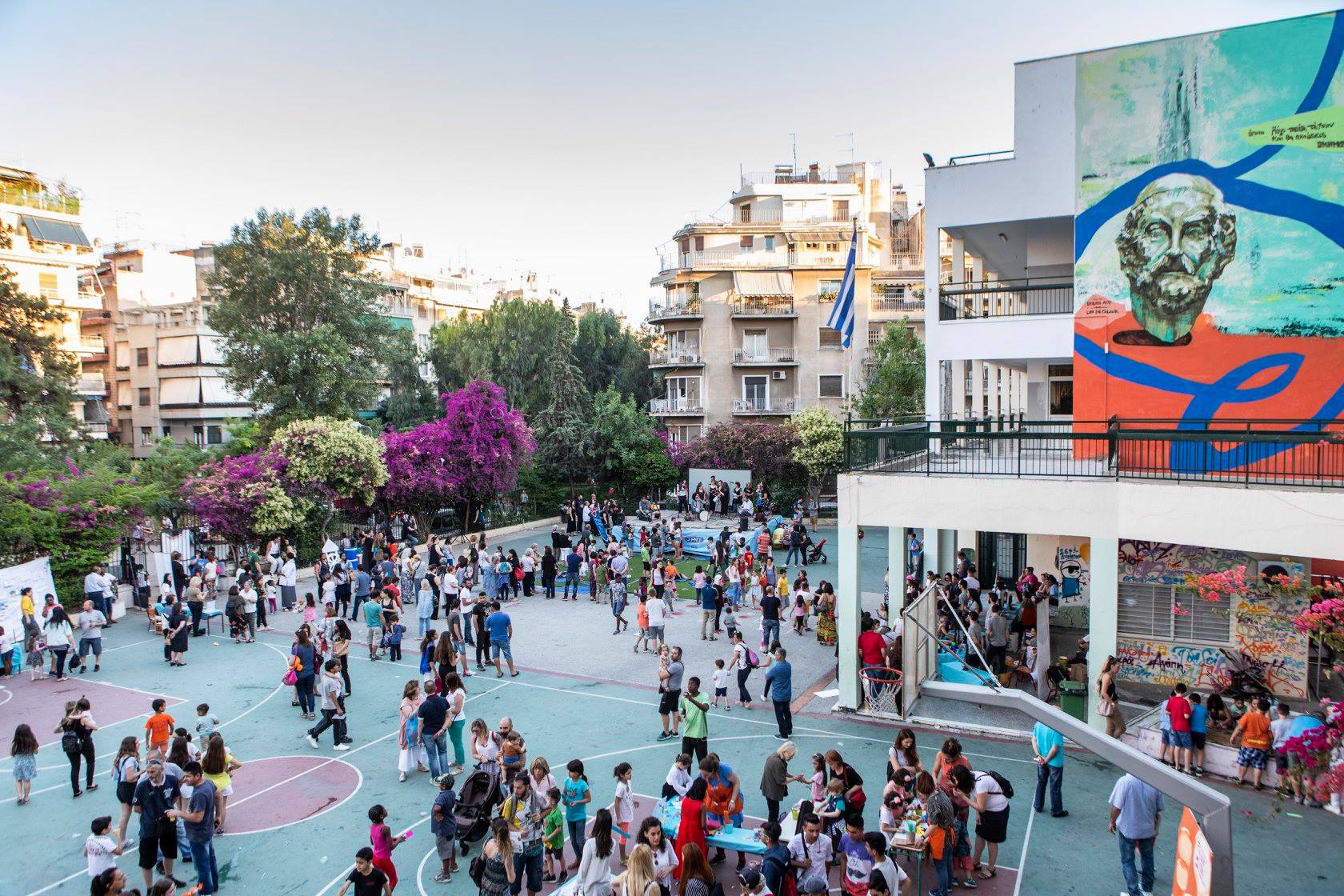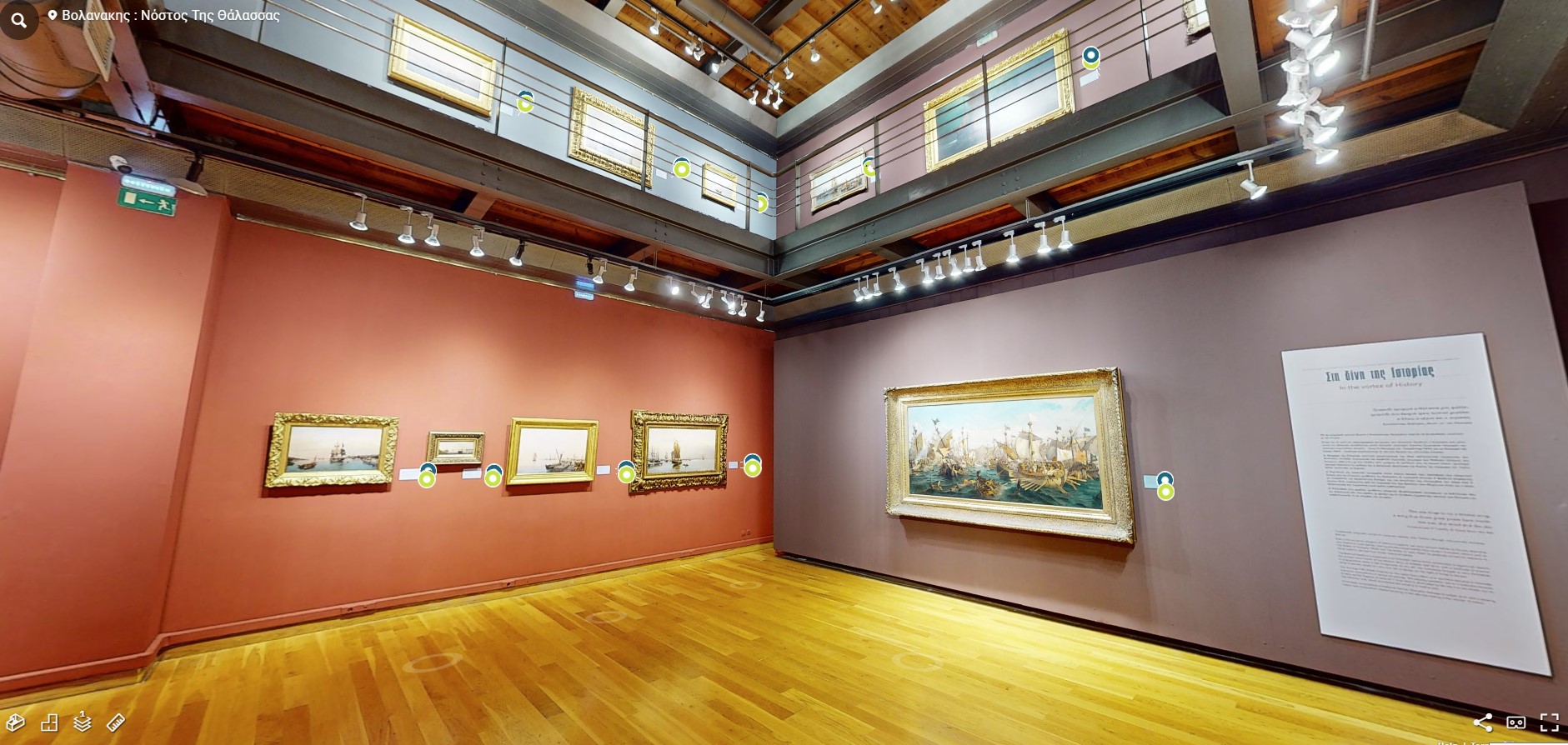 © Chania Art Gallery - Volanakis exhibition 3D
© Chania Art Gallery - Volanakis exhibition 3DThe Municipal Art Gallery of Chania implements an extensive digitisation programme of the exhibitions it organises.
A DIGITAL GALLERY
The complete and systematic digitisation of each exhibition creates an important database and allows disabled people, as well as future digital visitors, to get to know the Gallery. The use of new technologies (augmented and virtual reality), allows new generations to approach cultural spaces in varied and interesting ways. Each exhibition is scanned by the specialised laboratory of the Technical University of Crete (School of Architecture) and a 3D model is created that can be viewed through PCs, tablets, mobile phones, or VR headsets.
ART FOR EVERYONE
Organised "virtual visits" are made for groups living in prisons, in remote areas of the country, for people with disabilities, as well as for elderly people who cannot move from their homes. In this way, visual art reaches every person, regardless of location, health, or living conditions, which allows everyone to directly benefit from all the educational and therapeutic properties contact with art brings. Access to the digital exhibitions is absolutely free for everyone and has been funded by the Ministry of Culture and the Municipality of Chania. In this way, high-level artistic productions become accessible to everyone.
CURATING REMOTE EXHIBITIONS
John Craxton's house in the port of Chania has also been scanned, which now enables fans of contemporary art to see the space created by a great European artist. Additionally, this digitisation enables curators to organise future exhibitions remotely. The constant availability of digital exhibitions allows each member of society to develop their knowledge and artistic sensibility, to be able to integrate into society with increased information and without limitations. They can also bypass financial issues that make art inaccessible, such as transportation and ticket costs.
